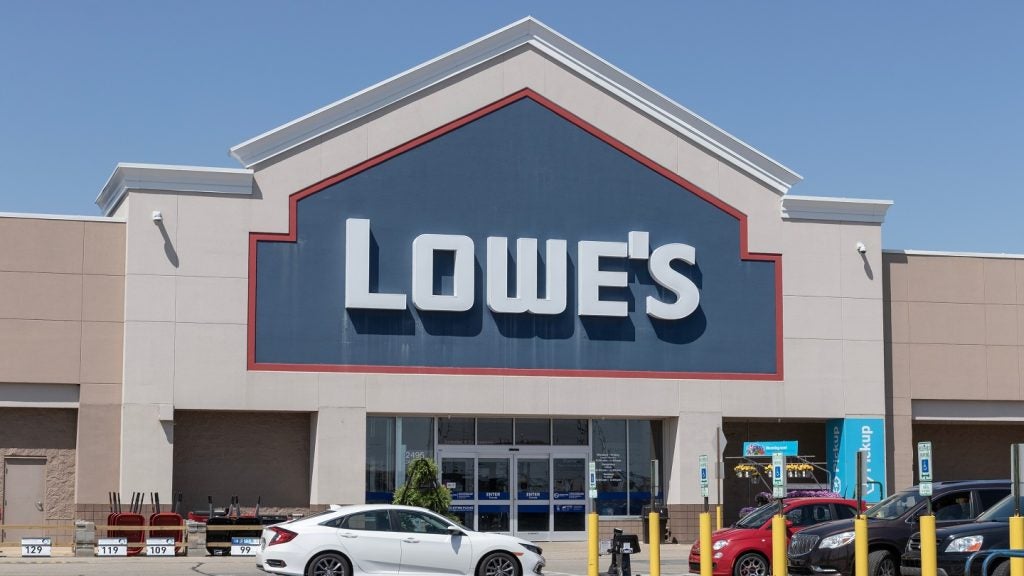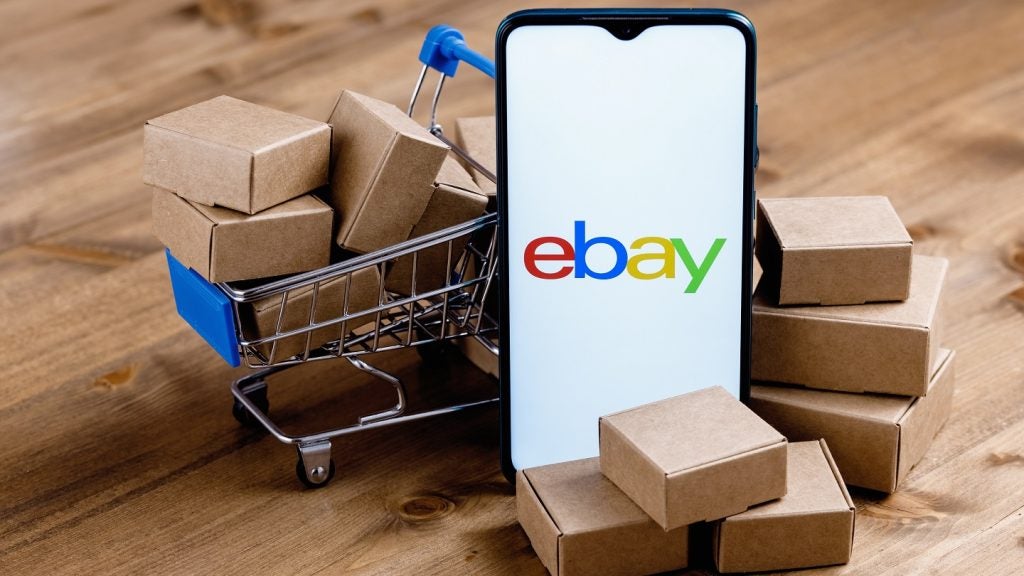Analysts are predicting slow growth for the retail sector this year, following sales volumes in 2023 below 2019 levels. After the rise of online during the pandemic, many are noting consumers making a return to bricks and mortar stores, adding complexity to retailers striving to strategically plan and manage a profitable balance between their high street and internet offerings. Indeed, the sector is fighting fires on many fronts this year, dealing with workforce shortages, the cost-of-living crisis and its impact on pricing, increasing rents, energy, and running costs, and increasing competition from new online channels.
With tight profit margins, there is little room for error in invoice payment processes – overpayments and duplications could be the final straw for cash-strapped retailers. It isn’t helpful to aggravate relationships with vendors either. In the current economic climate businesses need to cherish their vendors and supply chain. In retail, this is particularly true, as a business can’t sell what it can’t get hold of.
In these precarious times, protecting the relationship with suppliers and ensuring a resilient supply chain is crucial. Implementing the most effective processes for Accounts Payable (AP) and statement reconciliation is therefore key.
Forward-thinking retailers are increasingly putting their trust in digital systems that speed up, simplify, and optimise many of their business processes. Electronic price tags, automated stock and inventory tracking, staff armed with tablets to reference product information, and more.
However, critical back-office processes such as accounts payable processes are often the last thing to be invested in. Implementing a best-in-class solution for a function such as AP forms a solid foundation, so that other digital solutions can be added and leveraged ensuring retailers buy into both style and substance.
More efficient financial management from the start means that even as margins grow ever tighter, efficient payment processes protect the bottom line while supporting productive and harmonious vendor relationships.
Saving costs
One of the key challenges for retail in 2024 is finding ways to cut costs without jeopardising product quality and customer satisfaction. Identifying and implementing digital solutions can help drive down costs within the business.
For example, implementing an electronic invoicing solution allows vendors to share digital invoices that are automatically input into their own financial system, greatly reducing the risks associated with human error and removing traditional in-tray delays for the AP team. Some of the best can also provide optional 3-way matching and workflow authorisation together with seamless integration into the rest of the finance system.
Integration results in the automation of invoices transitioning directly into the ERP, creating a seamless information flow throughout the invoicing process to complement existing ERP investment. This single source of truth for invoices ensures accuracy of data for internal finance teams and the supply chain, delivering a transparent end-to-end process.
Ensuring the most effective processes for statement reconciliation means businesses have much tighter control over their spending, greatly reducing risk of overpaying invoices or sending duplicated payments. This includes the accurate consideration of credit notes for greater transparency that enables real time understanding of the cash situation at any time.
Solutions for automated statement reconciliation can compare invoices and credit notes with relevant statement lines without the need for time-consuming manual processes, saving hours of time and human resources. They can also reduce the risk of underpayment that may cause friction in the vendor relationship as well as undermining opportunities for early payment discounts.
Protecting vendor relationships
If the pandemic taught us anything it is that the impact from unexpected supply chain disruptions can cause major financial shockwaves for a business. It pays to look after the key strategic suppliers who can literally save your bacon. When vendors can count on their customers to pay them accurately, on time, they are more likely to pull out the stops when unexpected problems arise, such as a sudden shortage or supply chain interruption for a key product.
Having built productive relationships with strategic suppliers, it is important to protect them, remembering that SMEs can go out of business very quickly if cashflow is too slow and difficult. If this happens a retail business will have to pivot, triggering processes such as searching for replacement vendors, evaluation of product quality, building new supplier relationships, negotiating costs and contracts, and more.
Using an automated, accurate statement reconciliation system demonstrates transparency to vendors – even more so when it is part of an overall digital AP system, making communications around queries much easier. This matters to existing suppliers and of course, makes it easier to build relationships with new vendors too. Your credit history and reputation counts.
Integrating systems with suppliers is one of the biggest barriers for retailers seeking to implement new technology. However, solutions such as Open ECX’s AP Automation Invoicing do not require the supplier base to change the way they transmit invoices and credit notes.
Solutions like this one can support many data formats including .pdf, .csv, XML and EDI, and business rules can be defined to enrich inbound data and add information based upon the requirements of the ERP system or to support line level matching.
The UK Prompt Payment Code (PPC), covers the honouring of supplier payment terms and other payment issues. It may be voluntary but is increasingly important for securing stable, reliable, and consistent vendor relationships and customers who can demonstrate compliant responsible payment processes will benefit from an enhanced supplier base.
Better business outcomes
Data is a key component in achieving business targets, providing users with accurate, real time information to inform more effective decisions. It must be 100% accurate though. Accurate and timely statement reconciliation produces accurate financial data, that can be used with greater confidence for planning, forecasting, and budgeting.
Outdated information that is compromised with errors makes this almost impossible – every decision would be based on unreliable, shifting sands, and the success of key decisions, such as whether to reinvest in bricks and mortar or develop alternative online channels, depend on accurate data.
Automated processes remove the risk of keystroke and other human errors, as data is input once, using an automated process. While some software removes the human component using OCR (optical character recognition), supported by AI to reduce mistakes, the best automated AP solutions are 100% accurate from the start.
Implementing effective AP and invoice reconciliation reduces time-consuming correction processes, where financial teams spend hours reviewing, comparing, and matching invoices manually to identify mistakes or duplications. It is not unheard of for organisations to employ teams of 10 or more professionals solely focused on statement reconciliation, a wholly avoidable and expensive deployment of resource. Teams can work on higher-value tasks such as strategy and vendor relationships, while the automation does the heavy lifting.
The best automated AP solutions may have in-built validation rules that help spot and highlight potentially fraudulent activity, which is a potential minefield for any business, representing significant financial, reputational, and legislative risk. Some automated AP and statement reconciliation systems include statement health reporting, ensuring that the financial team is alerted to any discrepancies and can work confidently with the statement balance in real time. They can also provide full document history to support external audit requirements.
AP automation software is the homogenisation of processes and methods, helping ensure that everyone in the AP function and across the entire organisation is on the same page, referencing the same versions of the same data in real time. Using uniform, prescribed workflows makes it much easier for tasks to be shared, so that even if the task owner is off sick or leaves the business, it can be picked up by any colleague.
Time to automate
Now is the time to move AP processes to a digital platform. Being based in the cloud means enhanced security, real time access to data, and more powerful data analysis.
There are a number of solutions available, and the best use unique conversion technology to extract the underlying physical text from the source document, providing the ability to enrich the data and define business rules of how to treat the incoming document and associated data content. This technology guarantees 100% accuracy, transmitting invoices and credit notes directly into the organisation’s ERP, delivering an efficient, end-to-end digital process that is aligned with net-zero goals and supports Prompt Payment practices.
Managing supply chain and inventory in today’s retail industry is complex – automating AP streamlines and simplifies one of the most important processes within this. Without robust functional invoice management everything else falls down, from effective stock control to sales.
As well as helping businesses build stronger relationships with suppliers, these solutions help optimise efficiencies in payment and finance management, enabling AP teams to achieve more in less time, with automated processes that take a fraction of the time, ensure greater accuracy and fewer errors. 2024 is the year for implementing automated AP or risk being left behind in an increasingly competitive retail environment.
About the author: Nathan Ollier is CEO at software company Open ECX.















